Locked and Loaded: All the Info You Need Before Buying a Locker
Posted by Gillian Fournier on 18th Oct 2017
I'm sure you've seen those posts and memes on Facebook groups and forums before: "Lockers before light bars" and "Light bars before lockers". Open differentials come stock in most Wranglers (except for Rubicon packages) and they allow for one wheel to rotate faster or slower than the other when turning. The Rubicon package started being offered in Wranglers in 2003 and provide a stronger transfer case and lower long range and front and rear Dana 44 axles with locking differentials and low gears. Unless you are buying, already own or run a Rubicon or Rubicon package, you are most likely running what is called open-open, or open differentials. The decision to upgrade to lockers should be based on the type of offroading you are planning on doing.
Open Differentials: What's in My Jeep?
Let's first talk about open differentials, which are common in most Wranglers. Unless you bought a Rubicon package, your stock drivetrain is built for all four wheels to turn at different speeds. When turning either left or right, the outside wheel must turn at a faster rate than the inside wheel. When you take your Jeep offroad, unfortunately, this allows the wheel with the least amount of resistance to have all the power sent to it. Open diffs are more than capable of tackling the majority of easier trails (greens and blues) but if you're looking to do trails that are more difficult (some blues, all blacks and reds), it's best to run lockers.
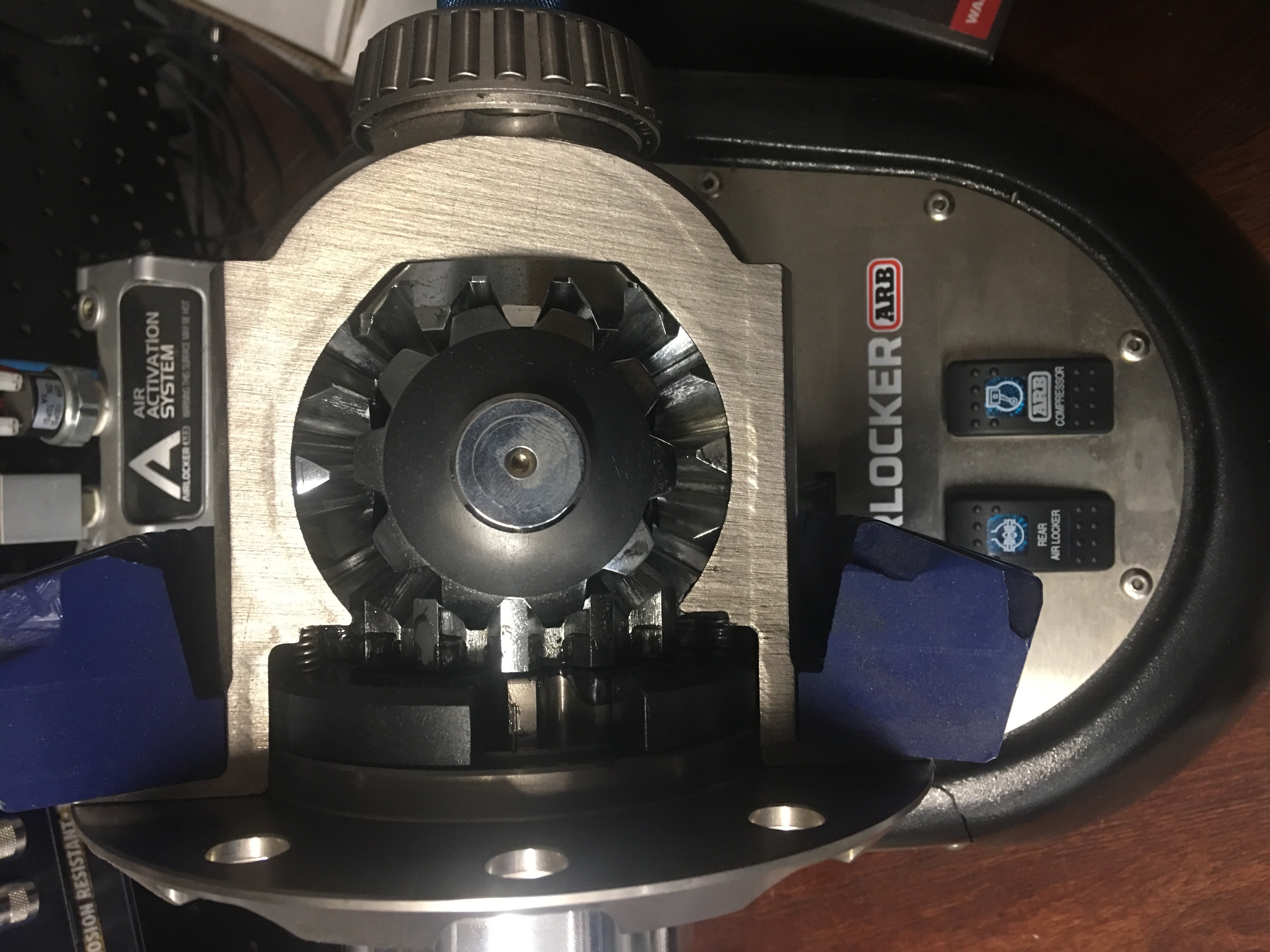
But My Jeep is 4WD. Why Do I Still Need a Locker?
4WD and lockers are not the same thing. Although your Jeep is equipped with 4WD, tough terrain such as mud or rocks can instantly turn your 4x4 into a 4x2. In a standard 4WD, your front axles are connected to the drivetrain, allowing all 4 wheels to have power and the differentials allow for all 4 wheels to spin independently. When traction becomes an issue, the engine power will go to the wheel with the least amount of power. When one wheel finally loses traction, the power is transferred to the path of least resistance, or the tire with the least traction or ground clearance.
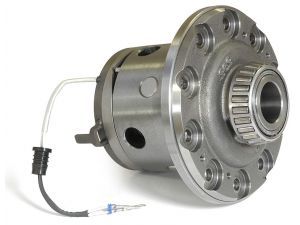 .
. 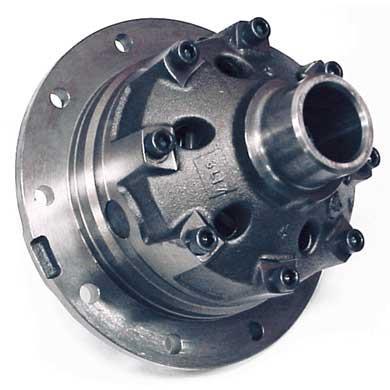
What Exactly Does a Locker Do?
Lockers are designed to lock both wheels on the same axle together so they both spin at the same speed and force. They come into play during situations such as rock crawling, self recovery and recovering others. When rock crawling, the traction and terrain is constantly changing direction, angles, lines and rocks. By locking the front and rear diffs, you are allowing for equal power to be sent to the front and rear axles. Both front wheels must turn at the same time as the rear. When your front and rear axles are locked, all 4 wheels must spin at the same time or it's time to bust out with the jack and winch.
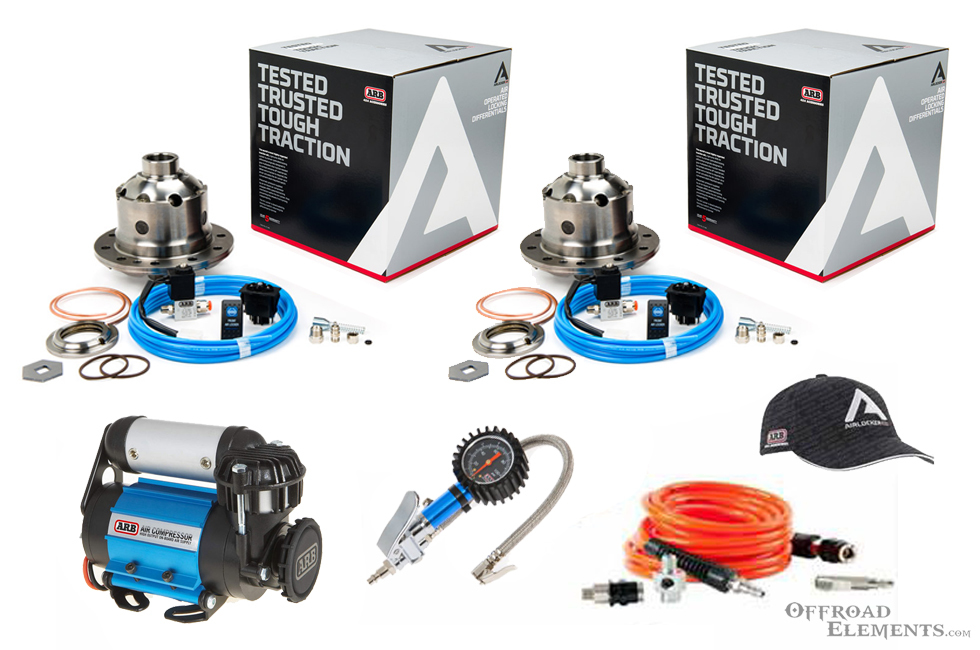
I've Decided I Need a Locker. What Kind is Best for My Budget and Build?
Cost, reliability, on-road performance and need will be unique for every driver. The whole point of a locker is to have both wheels fully locked so they turn at the same speed. There are a few different routes you can take when it comes to selecting the right locker for your vehicle:
-Limited Slip: The main advantage of a limited slip is streetability and smooth operation.
Pros:
- Limited slips act as more of an emergency braking system when needed
- They combine the benefits of open and locked differentials
- They act as an open diff in most driving conditions
Cons:
- In some cases where snow, ice or mud come into play, the diff will send more torque to the wheel with more traction
- Not as common in Wranglers as open diffs but are better than running open-open when it comes to providing extra traction to the wheels
- Not as beneficial as automatic or selectable lockers
-Automatic Locker: Automatic lockers are exactly how they sound. The use of these type of lockers are instant and automatic and do not require anything to be done by the operator in order for them to work.
Pros:
- More affordable
- Quicker and easier to install and less labor intensive
- Ready for action when you need it. Automatic lockers engage and disengage when necessary.
Cons:
- There can be some resistance when turning
- On-road handling can sometimes be affected (mostly felt in the rear of the Jeep)
- Clicking, snapping or popping sounds can be heard when making turns
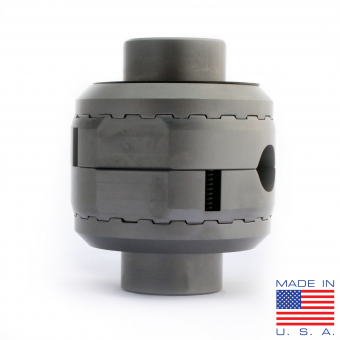
For a full list of the Torq-Masters Aussie Locker automatic lockers, click here.
-Selectable Locker: Selectable lockers are considered more high-end and require the operator to decide when to engage and disengage.
Pros:
- Acts as a normal open differential when disengaged
- Does not affect on-road handling or drivability
- Offers precise control
- Seamless operation on-road and can be fully activated offroad
- Quiet operation
Cons:
- More expensive and labor intensive
- Can cause damage if not disengaged when on-road
- Requires manual activation/deactivation
- More failure prone
- Installation requires a rocker switch or switch panel to be used
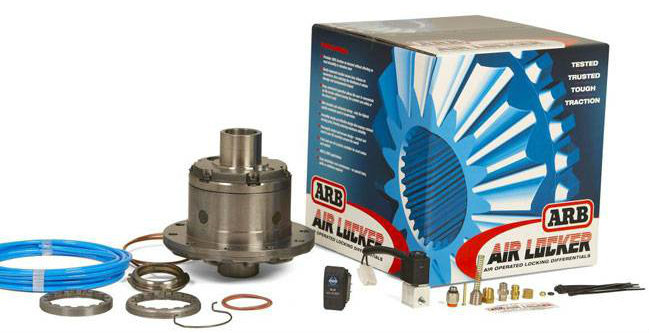
For a full list of ARB Air Lockers selectable lockers, click here.
From personal experience, I've only ever run selectable lockers, an ARB Air Locker, to be specific. There is a bit of comfort from the instant "hiss" from the lockers activating. For the most part, I run the rear locker 100% of the time when offroading and will engage the front locker during steep inclines and rock gardens, if needed. I have noticed a night and day difference between running open-open and locked and can honestly tell you, lockers make a huge difference when rock crawling. From a third person POV, our mechanic Scottie ran the Aussie Locker in his for about a year before switching to Eaton. This setup did just what it was intended to do; lock the differentials when needed on the trails and deactivated them while on road.
To view our entire inventory of lockers, click here.
